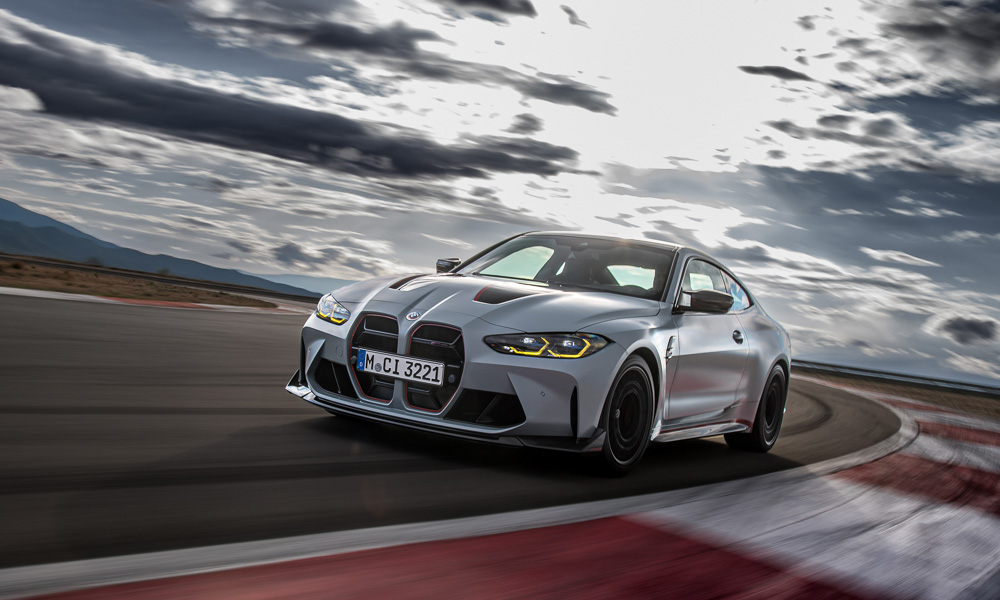
What does “CSL” mean? There are lots of different definitions for this acronym, but if we put it in terms of BMW‘s very colorful vocabulary, it stands for “Competition, Sport, Lightweight.” You don’t need to think hard to understand what it means, but it’s obvious that cars with this badging are very fast and light.
And it has only appeared in a grand total of two cars: the 3.0 CSL and the (E46) M3 CSL. Now, it’s joined by a third member in the M4 CSL.
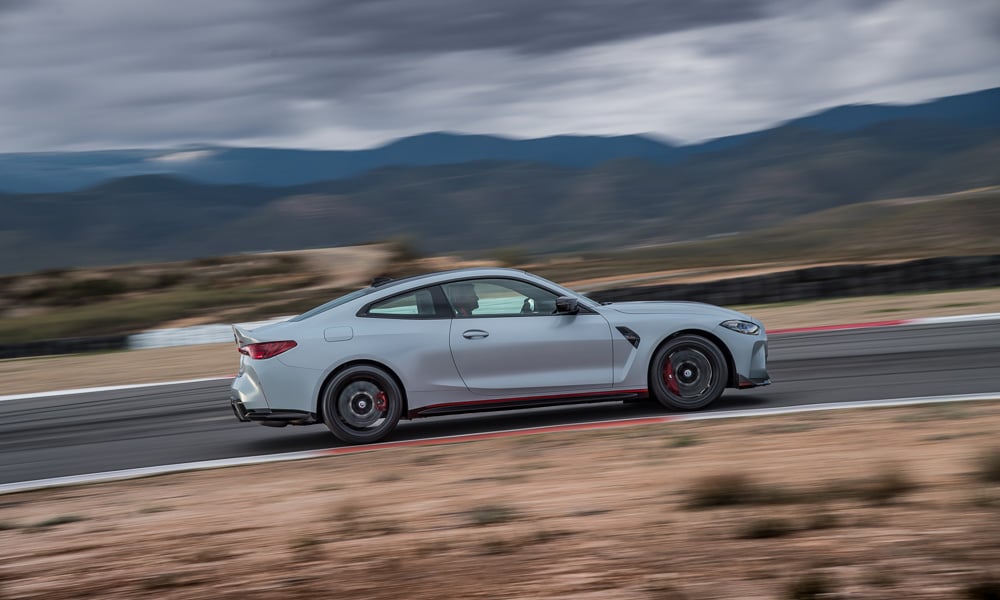
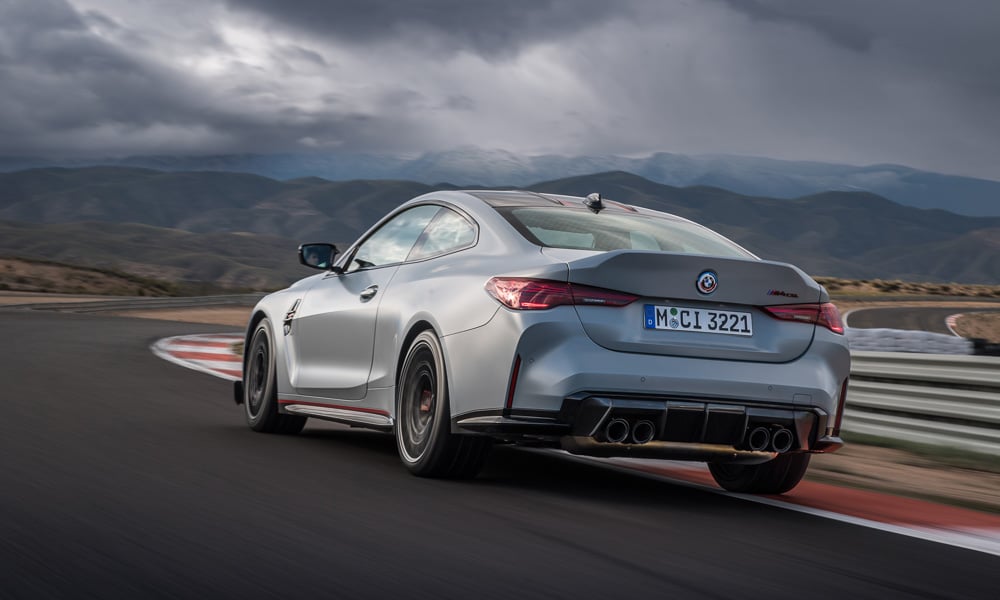
While the CS (or Competiton for the M4 in this case) badge denotes a higher performance variant of the garden-variety M car, this CSL takes it to the next level by, well, making it lighter.
How light, you ask? This special edition weighs 1,625kg, which is 100kg lighter than the M4 Competition.
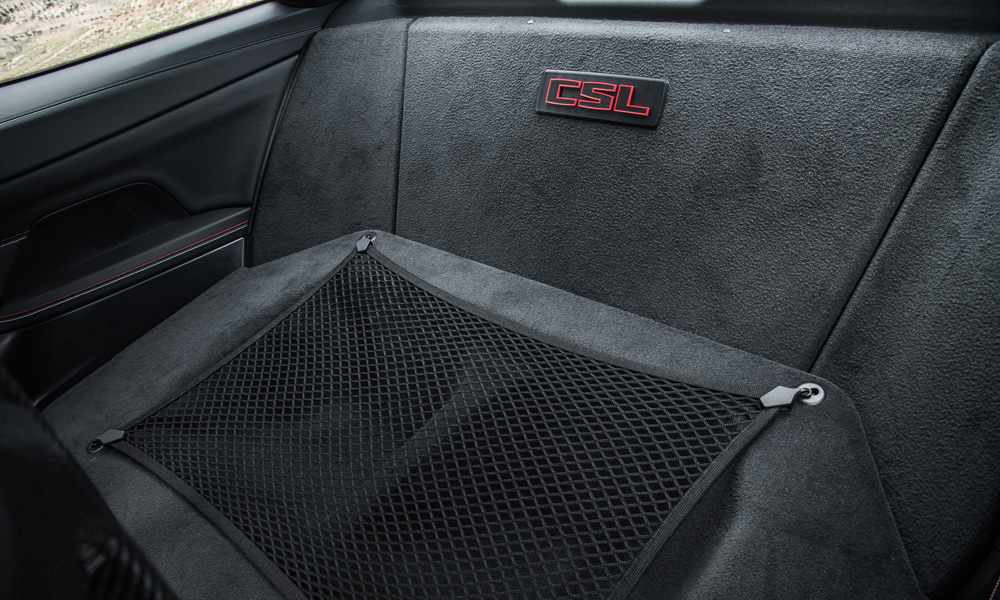
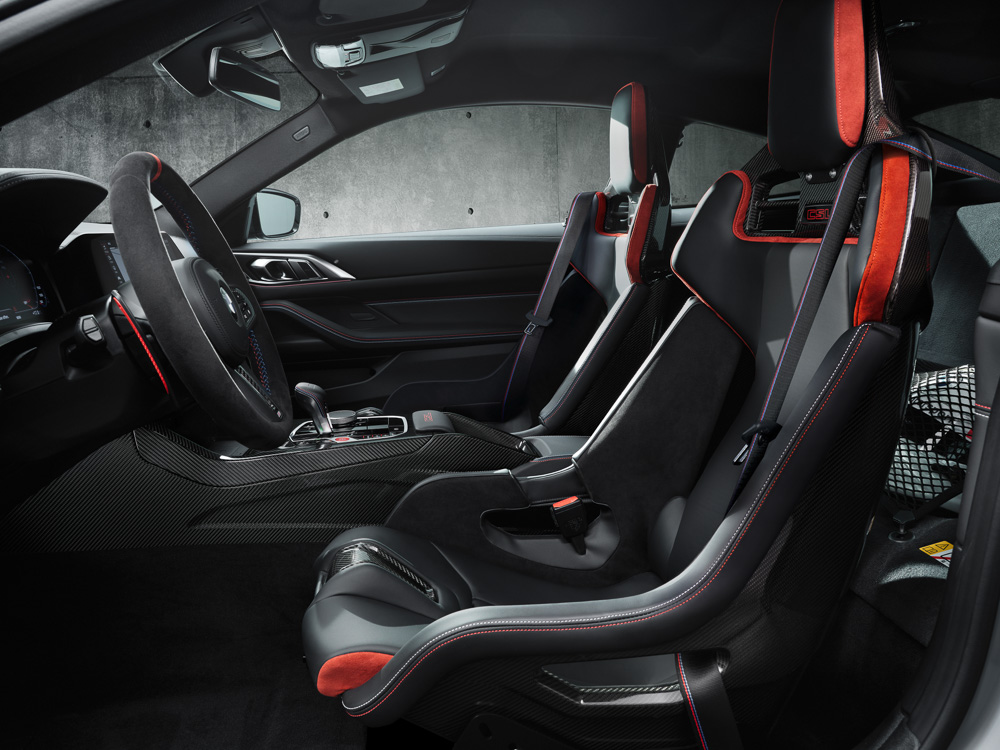
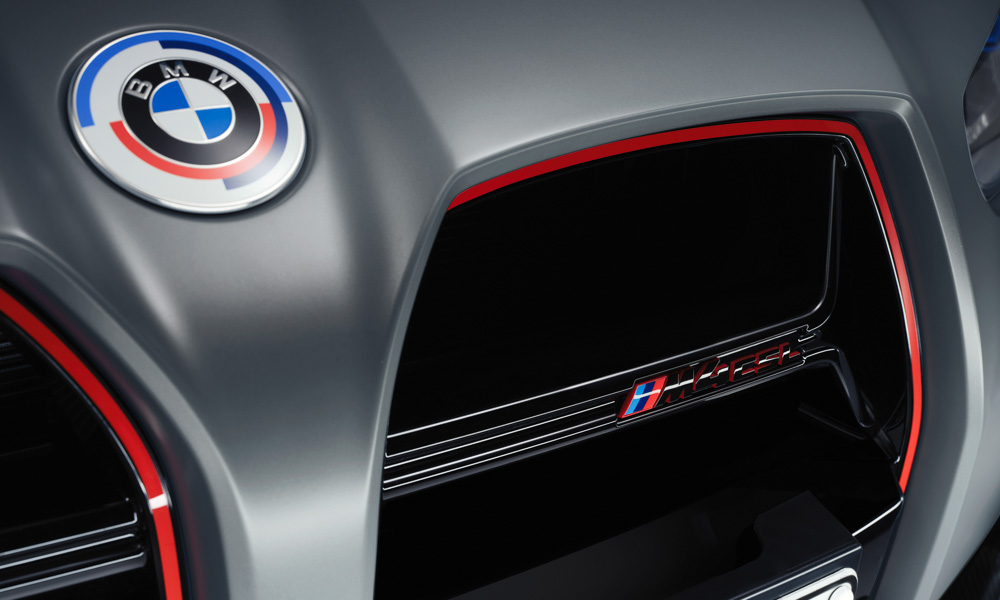
If you want to know how the engineers at the M division did it, they started by fitting carbon bucket seats that shave 24kg off and removing the rear seats (and belts) to eliminate 21kg more. Then carbon-ceramic brakes, lighter wheels, lighter springs and struts, and changes to the chassis shed another 21kg.
Reducing the sound insulation when possible took off 15kg. Then the use of carbon-fiber-reinforced plastics around the body cut back another 11kg.
Finally, small details like a titanium exhaust took off another 4kg and gave the car a sweet exhaust note, and modifying bits like the mats, the automatic climate control, the rear lights, and even the kidney grille removed 4kg.
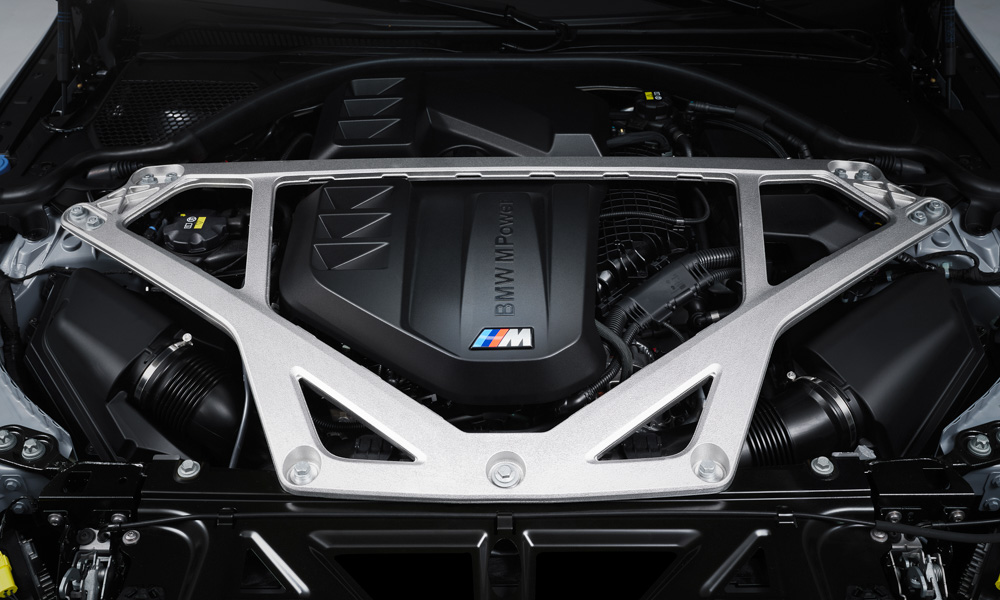
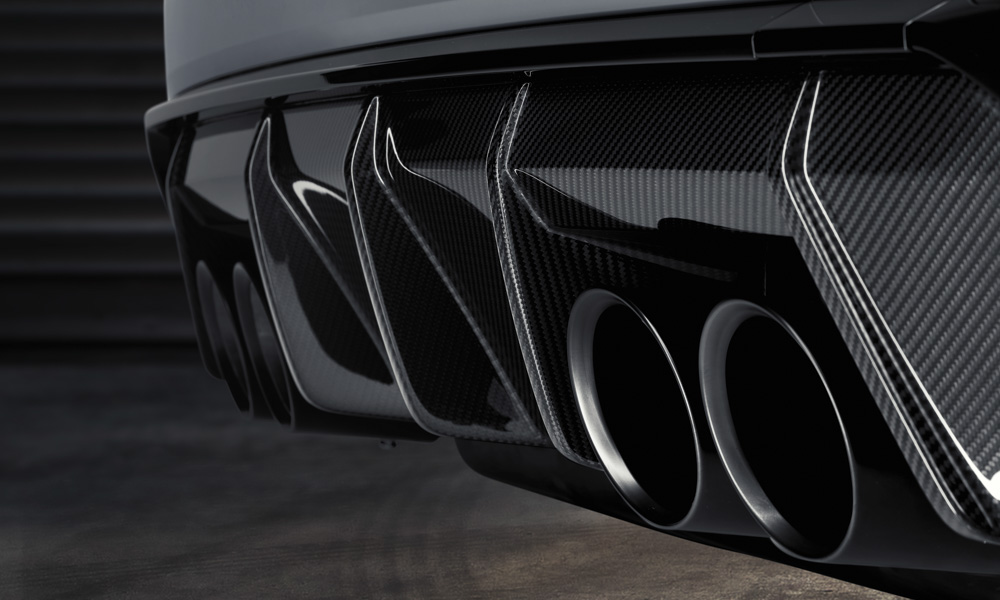
The high-revving 3.0-liter twin-turbo in-line-six utilizes some of the turbo tech from the M4 GT3 race car like upping the boost; tweaks to the engine management; a forged lightweight crankshaft; a 3D-printed cylinder head core; and changes to the cooling and oil delivery systems.
This ups the total output to 550hp and 650Nm across a wide rev range (2,750rpm to 5,950rpm, to be exact). An eight-speed automatic sends power to the rear wheels (no xDrive here), which explains why the car’s 0-100km/h time is 3.7 seconds. There’s more to performance than just fast sprints as the car needs to handle better, which it does.
It posted a lap time around the Nurburgring Nordschleife (7:20.207), which makes it the fastest series-produced BMW around the Green Hell.
Aside from the obvious diet, body rigidity has been increased with new strut braces in the engine bay, and cast aluminum elements in the spring strut towers. Ride height has been reduced by 8mm thanks to the adaptive suspension with electronic dampers.
The electromechanical steering, the traction control, and the braking system have been tweaked, and a staggered wheel setup (19 inches up front, 20 inches at the rear) shod by Michelin Pilot Sport Cup 2 R tires made specifically for the CSL help stick the car to the asphalt.
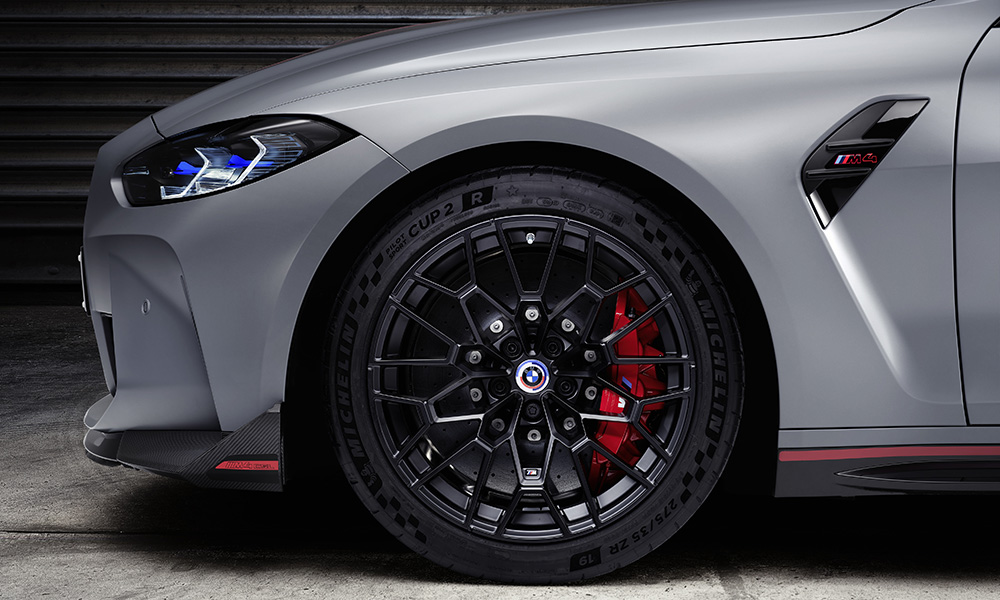
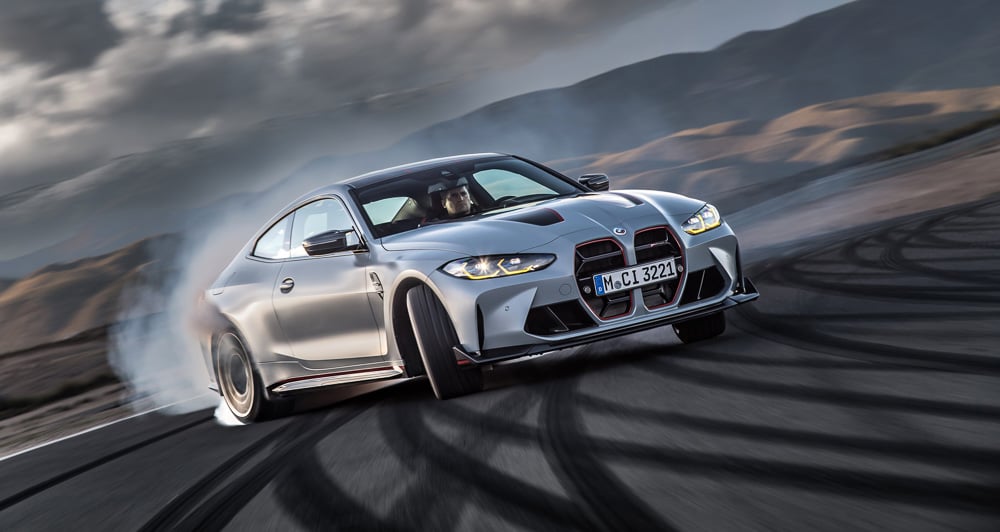
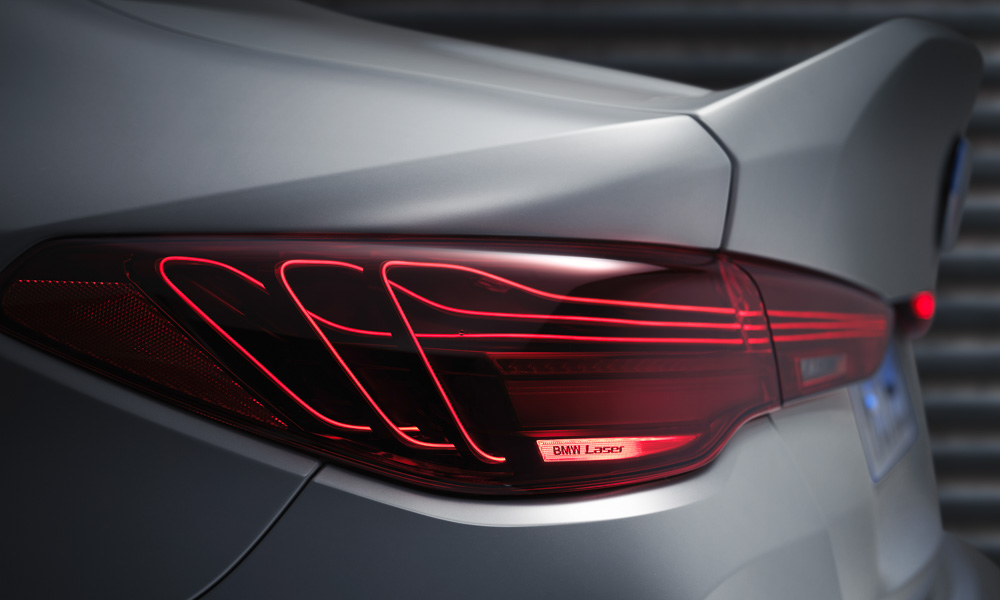
Of course, to set it apart from the regular M4 Competition, the headlights are illuminated in yellow like the GT race cars, and the gorgeous taillights debut laser illumination (which uses light threads to create a unique light signature).
The model-exclusive Frozen Brooklyn Gray finish has bits of exposed carbon fiber with red accents. It’s a unique finish that is sure to turn heads, but you can also spec it in Alpine White or Sapphire Black for a more discreet finish.
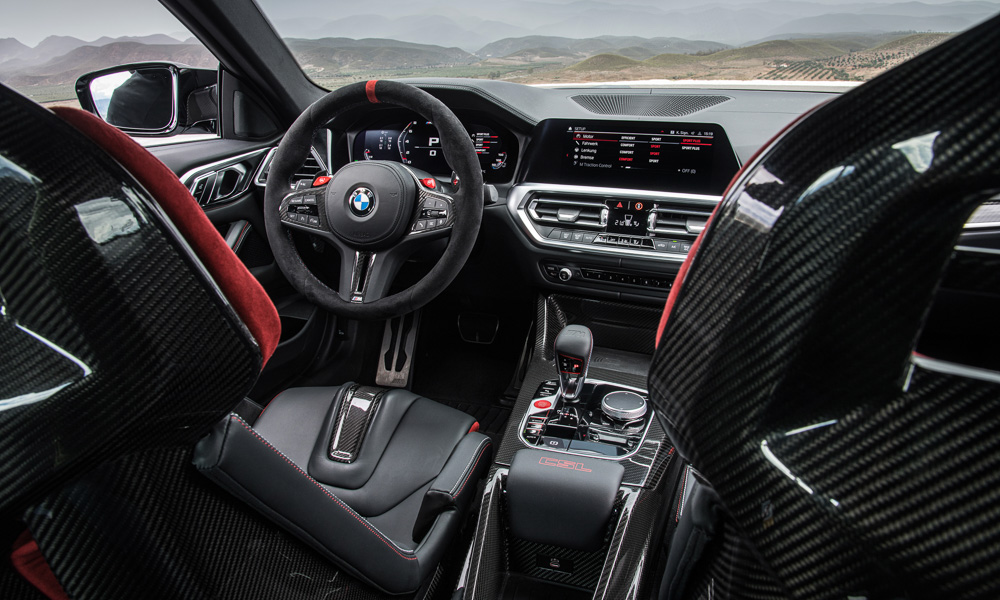
Despite the track-oriented changes made to the interior, it’s still a premium experience inside. Other materials used within the cabin include Alcantara for the steering wheel and the headliner and Merino leather trim.
Live Cockpit Professional comes as standard, so there’s still a 12.3-inch digital instrument binnacle and a 10.25-inch infotainment screen. There’s even wireless charging, and you can spec it with an optional heads-up display and a dashcam.
The car also comes with driver assistance and comfort systems, but has been trimmed down to the basics. These are single-zone automatic climate control, parking sensors, front collision warning, lane-departure warning, and speed limit info. You can also option it with dual-zone climate control, a parking assistant, and other features if you desire.
As this is made for BMW M’s 50th anniversary, only 1,000 examples will be made starting July 2022 at the Dingolfing plant. Prices aren’t mentioned, but any die-hard BMW M fan will be more than willing to shell out for this special model.

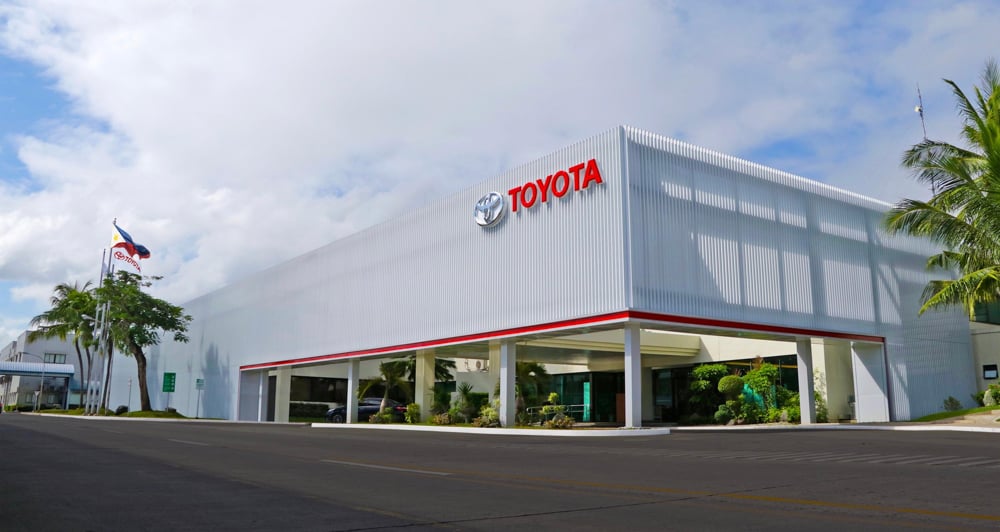
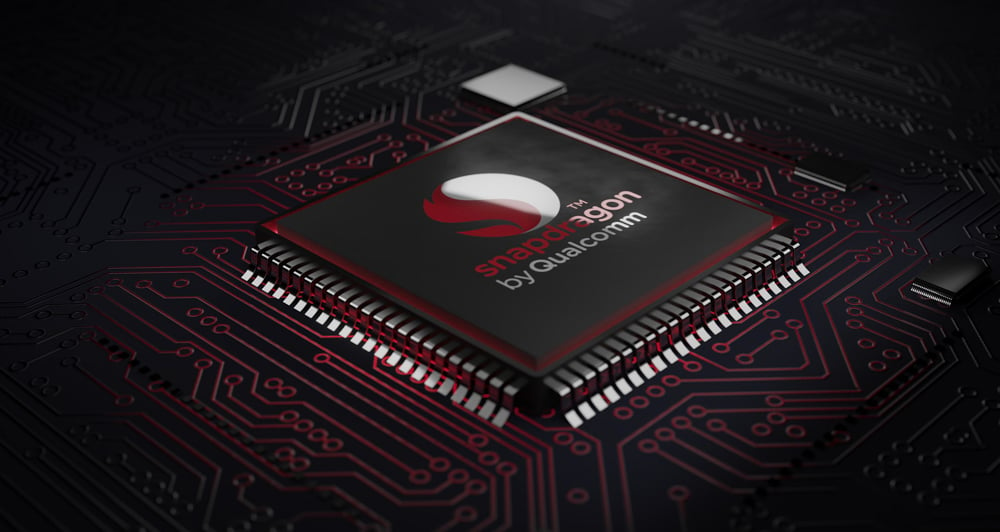
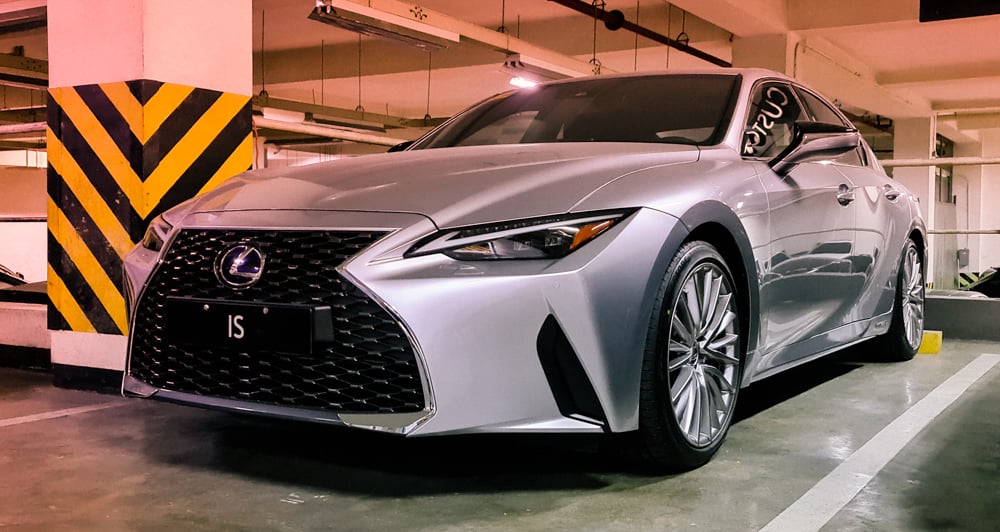
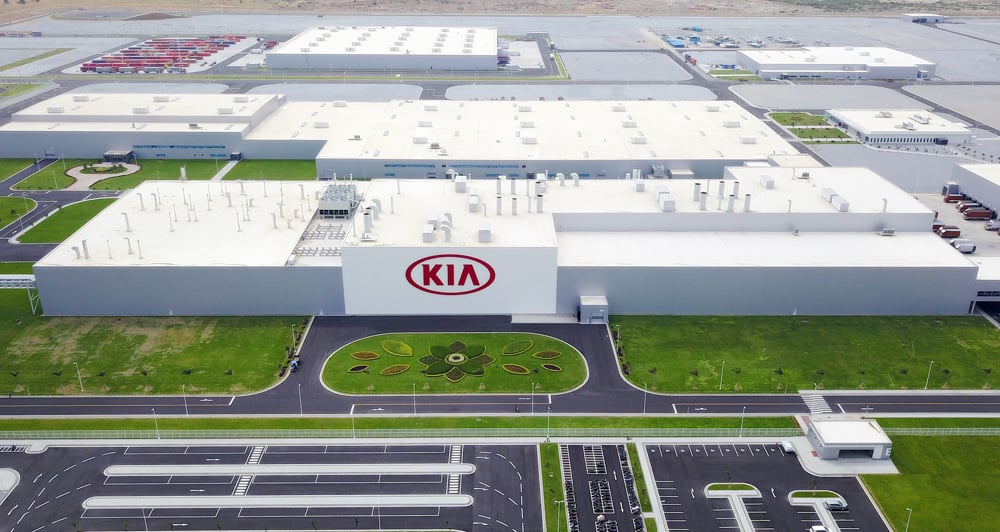
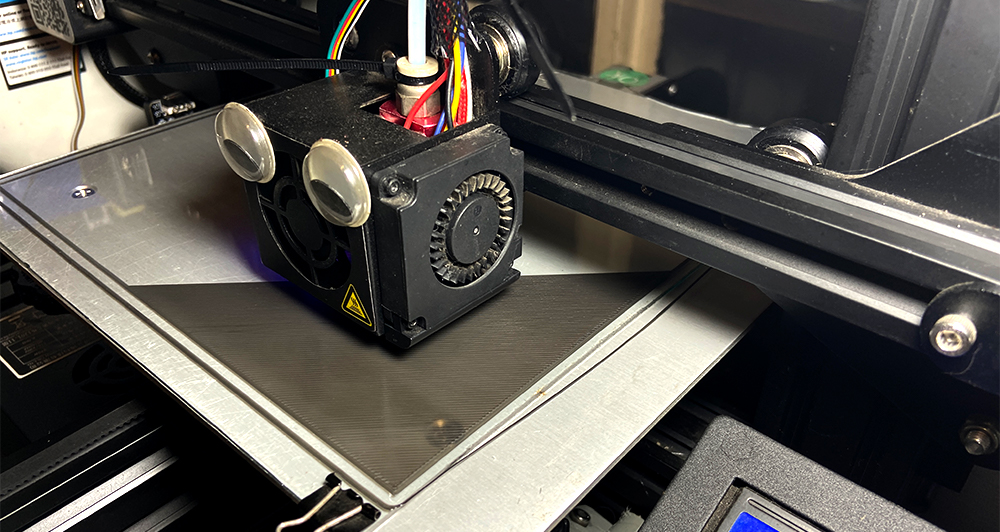
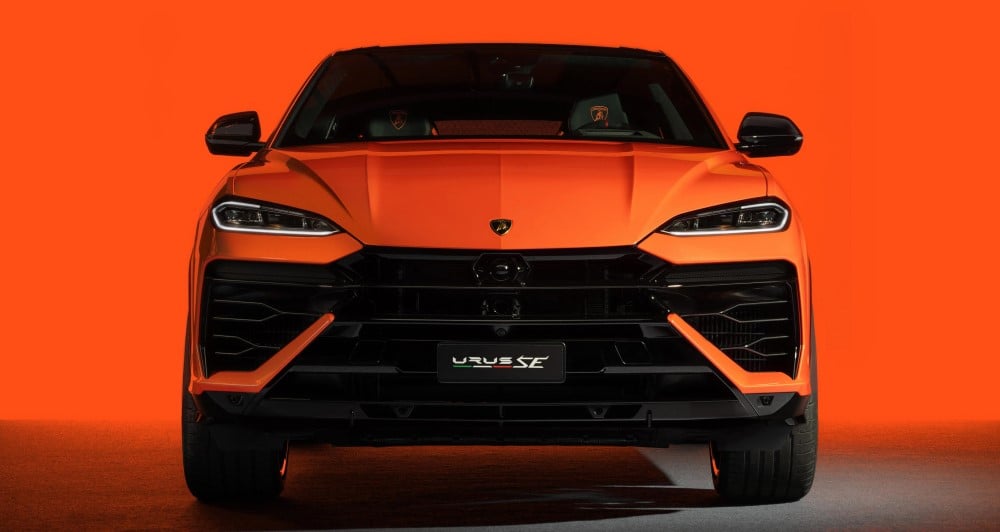
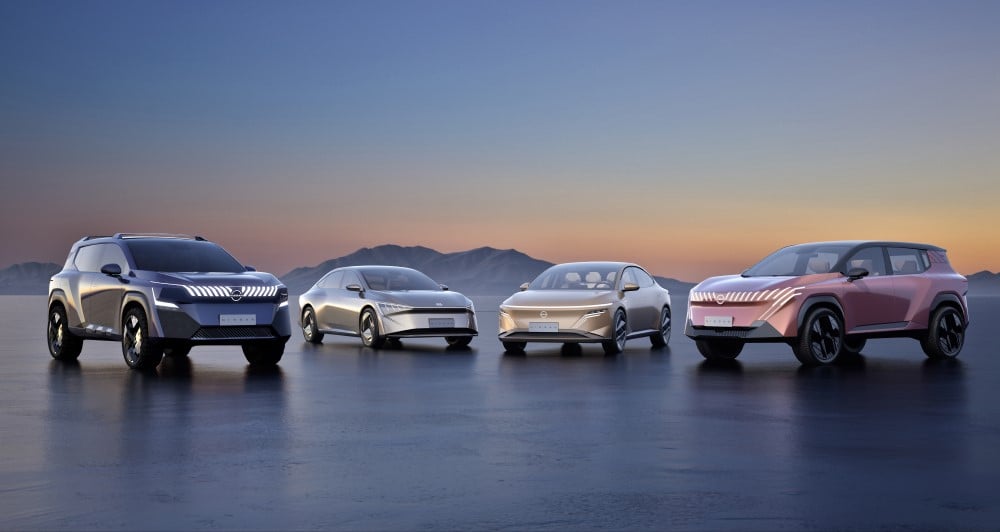
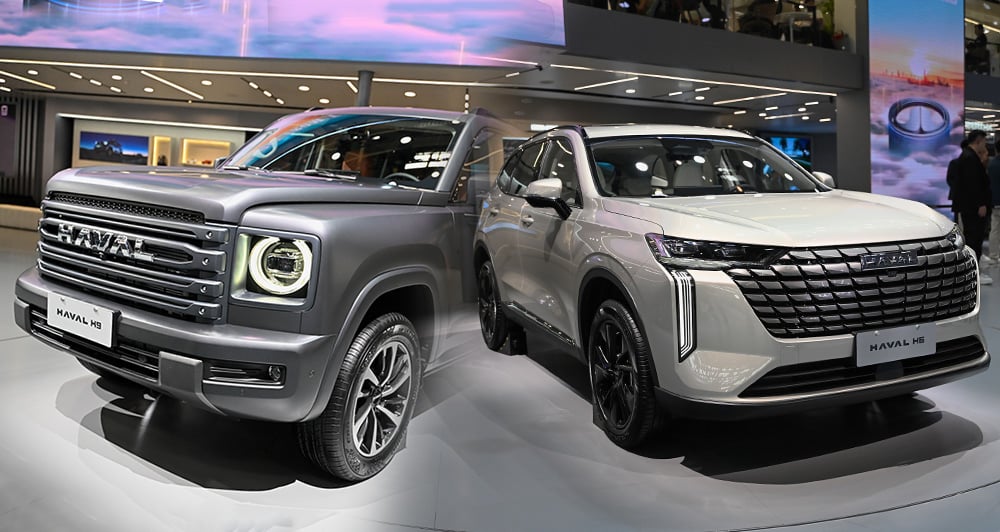
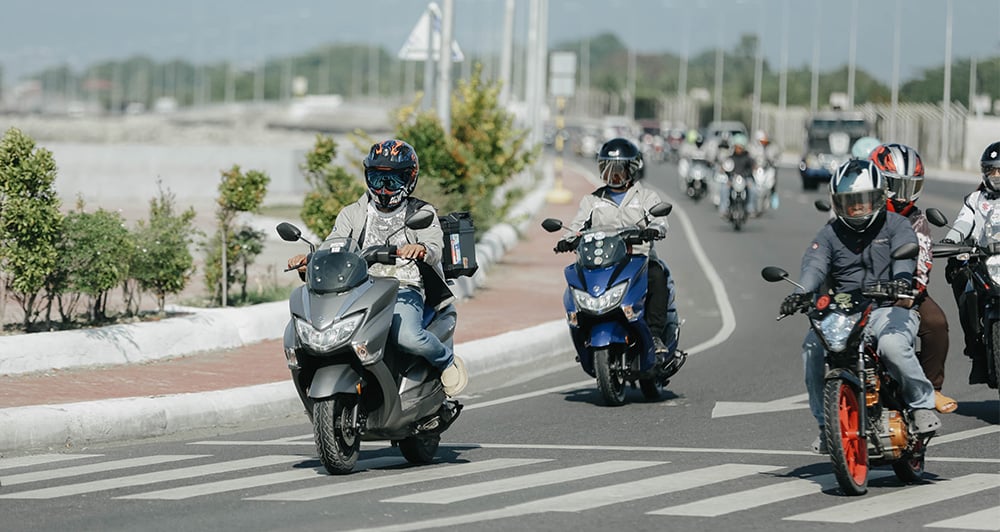

Comments